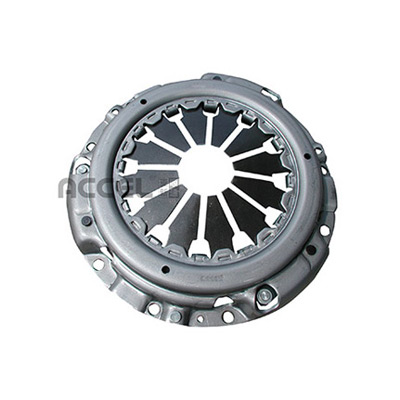
- Mobile Phone
- +8613931874955
- sales@cntcmetal.com
coil compression springs
Coil Compression Springs An Overview
Coil compression springs are essential mechanical components utilized in various industries to store energy and absorb shock. These cylindrical springs are characterized by their helical shape, which allows them to compress under axial loads while returning to their original shape when the load is removed. The design and properties of coil compression springs make them indispensable in applications ranging from automotive to aerospace, consumer electronics to industrial machinery.
Design and Construction
The construction of coil compression springs typically involves high-carbon steel, stainless steel, or alloy materials. The choice of material significantly affects the spring's performance, durability, and resistance to fatigue. Factors like wire diameter, coil diameter, and the number of active coils influence the spring's physical characteristics and its ability to withstand various loads.
Coil compression springs are designed according to specific load requirements. The spring constant, which is a measure of the stiffness of the spring, plays a critical role in determining how much the spring will compress under a given load. Higher spring constants indicate stiffer springs that will compress less under the same load compared to those with lower spring constants. Engineers calculate these parameters to optimize the spring for its intended application.
Applications
The versatility of coil compression springs is one of their most significant advantages
. They are commonly used in automotive applications for suspensions and engine components. In consumer electronics, these springs enhance the functionality of devices such as keyboards, remote controls, and toys, providing tactile feedback that improves user interaction.coil compression springs

Moreover, in the industrial sector, coil compression springs play a vital role in machinery and equipment. They are often integrated into assembly lines, where they help in automation processes by providing necessary force and movement. They also serve critical functions in safety devices, ensuring proper operation and response under stress.
Manufacturing Processes
Manufacturing coil compression springs involves several key processes, including wire drawing, coiling, and heat treatment. Wire drawing gives the spring materials the desired diameter and strength. The coiling process involves shaping the wire into a helical form, which can either be done through automated machines or manually, depending on the complexity and scale of production.
Heat treatment processes enhance the mechanical properties of the springs, increasing their strength and fatigue resistance. After manufacturing, springs undergo rigorous testing to ensure they meet industry standards and specifications. This includes load testing, endurance testing, and dimensional checks to ensure that they will perform reliably in their intended applications.
Future Trends
As technology continues to advance, the development of coil compression springs is also evolving. Innovations in materials, such as the introduction of composite and advanced alloys, are leading to lighter, stronger, and more resilient springs. Additionally, the rise of additive manufacturing is paving the way for the production of complex spring geometries that were previously difficult or impossible to achieve with traditional methods.
In conclusion, coil compression springs are vital components that play a crucial role across various industries. Their ability to store energy and absorb shocks while returning to their original shape is what makes them indispensable. With ongoing advancements in materials and manufacturing technologies, the future of coil compression springs looks promising, ensuring their continued utility in modern engineering and design.
share:
-
Why Sacrificial Formwork Is Redefining Underground ConstructionNewsJun.06,2025
-
The Structural Dynamics of Modern Concrete: How Snake Spacers Revolutionize Flexible ReinforcementNewsJun.06,2025
-
Snake Spacers Smart-Lock Concrete Reinforcement with Surgical PrecisionNewsJun.06,2025
-
Snake Spacers: Reinforcement Precision for Modern Concrete ProjectsNewsJun.06,2025
-
Snake Spacers Powering Concrete's Structural DNANewsJun.06,2025
-
Slither into Success: Snake Spacers' Precision Bite for Unbreakable ReinforcementNewsJun.06,2025
-
Sacrificial Formwork: Building Stronger, Faster, and Safer StructuresNewsJun.06,2025



















